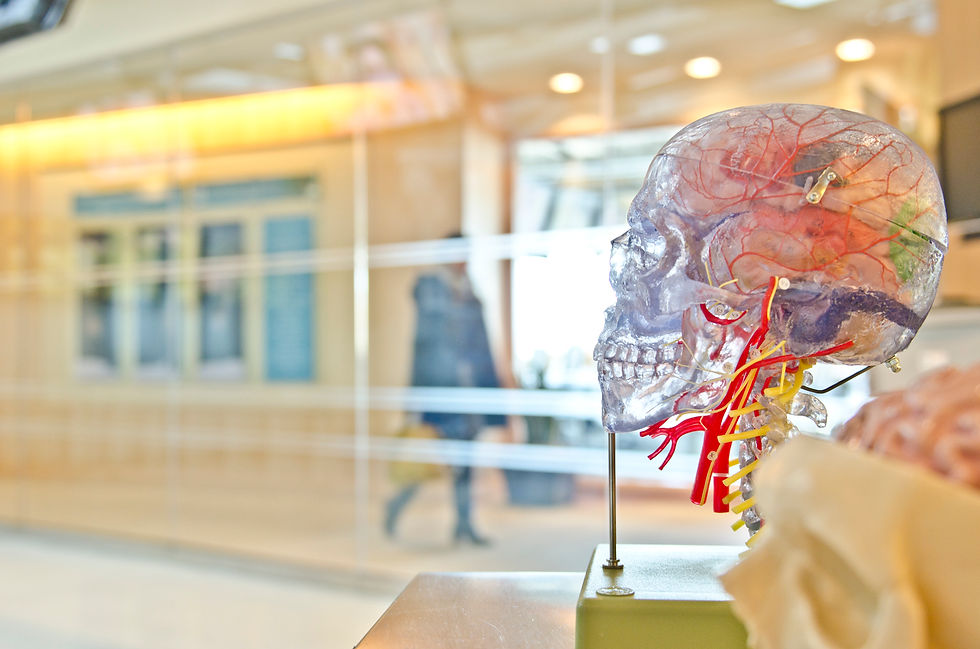Understand, Prevent and Care.
There are over 400 neurological disorders. Some of them are impacting society more than others. It is important to understand prevention techniques, symptoms, treatment options in light of recent research to improve public health and decrease the burden of neurological diseases.



Alzheimer

Alzheimer
Alzheimer
#1
Alzheimer is a chronic neurodegenerative disease. It is a type of dementia that brings issues with memory, thinking and behavior.
It generally begins slowly and increase over time. It is the reason of approximately 70% of cases of dementia. It is currently ranked as third, just after heart disease and cancer, as a reason of death for older people.
At the moment most of the treatment activities and medications may temporarily improve patient condition and provide better quality of life for a while. However there is no permanent treatment for the disease. It is important to understand the current treatment options, get support and follow latest development as much as possible.



Parkinson`s Disease

Parkinson`s Disease
#2
Parkinson's Disease
Parkinson's disease (PD) is a chronic neurodegenerative brain disorder that progress on central nervous system that mainly affects the motor system.
The symptoms usually develops on slowly and worsen over time. Patient brain slowly stops generating a neurotransmitter which is called dopamine. This leads less ability to regulate their activities, behaviours and body.

Multiple Sclerosis (MS)

Multiple Sclerosis (MS)
Multiple Sclerosis (MS)
#3
MS is a neurological and a potentially disabling disease of the brain and central nervous system disease.
MS itself is rarely fatal, but In severe cases, the patient becomes paralyzed or cause problems with vision, balance, muscle control, and other basic body functions. The effects are often different for everyone who has the disease.
There's no cure for MS but treatments can help quality of life, better recovery from attacks and manage symptoms.

Amyotrophic Lateral Sclerosis (ALS)

Amyotrophic Lateral Sclerosis (ALS)
Amyotrophic Lateral Sclerosis (ALS)
#4
Amyotrophic lateral sclerosis, is a progressive neurodegenerative disease that mainly involve the nerve cells responsible for controlling voluntary muscle movement .
ALS also known as Lou Gehrig's (baseball player who was diagnosed with it in the 1930s) disease and motor neurone disease (MND). It causes progressive weakening which means it gets worse over time. There is no cure at the moment for ALS.
Most of the ALS patients die within 3 to 5 years due to loss of breathing. Neuroscientists has more information about this disease and they are working on treatments.

Epilepsy

Epilepsy
#5
Epilepsy
The epilepsies are a spectrum of brain disorders ranging from severe, life-threatening and disabling, to ones that are much more benign. In epilepsy, the normal pattern of neuronal activity becomes disturbed, causing strange sensations, emotions, and behaviour or sometimes convulsions, muscle spasms, and loss of consciousness. The epilepsies have many possible causes and there are several types of seizures. Anything that disturbs the normal pattern of neuron activity—from illness to brain damage to abnormal brain development—can lead to seizures. Epilepsy may develop because of an abnormality in brain wiring, an imbalance of nerve signalling chemicals called neurotransmitters, changes in important features of brain cells called channels, or some combination of these and other factors

Migraine
Migraines are far more than just a headache. They're a debilitating neurological condition that can cause intense throbbing pain, often on one side of the head. But the misery doesn't stop there. Migraines can also bring on nausea, vomiting, and a heightened sensitivity to light and sound, making it difficult to function normally. Millions of people worldwide battle migraines, but you don't have to fight alone.
ASABME is here to empower you with knowledge and resources. We'll help you understand your unique migraine triggers, from stress and hormonal changes to certain foods and environmental factors. We'll also explore effective management strategies, including relaxation techniques, lifestyle changes, and potential treatment options. With the right approach, you can take control of your migraines and reclaim your life.
